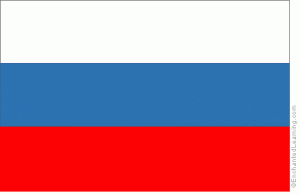 The Russian Federation has now passed the United States in fiber broadband deployment, with more than 8% of Russians now able to subscribe to fiber Internet service delivered directly to their home or building. The United States is effectively stalled at 8%, with most Americans getting fiber broadband from Verizon Communications, community-owned providers, or a rural phone company co-op. Those are the findings of DSL Prime.
The Russian Federation has now passed the United States in fiber broadband deployment, with more than 8% of Russians now able to subscribe to fiber Internet service delivered directly to their home or building. The United States is effectively stalled at 8%, with most Americans getting fiber broadband from Verizon Communications, community-owned providers, or a rural phone company co-op. Those are the findings of DSL Prime.
The most aggressive fiber broadband network upgrades are in South Korea and Japan, where between 40-60 percent of homes subscribe to the service, which often delivers speeds of 100Mbps or greater to residential users. But eastern Europe and Russia are also becoming increasingly important targets for fiber broadband manufacturers and vendors, who are selling the glass-fiber cables and network equipment to private telecommunications companies that used to be state enterprises.
The Baltic state of Lithuania has achieved a leadership role in Europe, with almost 30 percent of homes wired for fiber and growing.
Much of the initial fiber broadband buildout in eastern Europe and Russia is ironically the product of former socialist state planning that existed during the Communist era. A large number of urban residents in the region live in government-constructed multi-dwelling units, part of larger complexes. That infrastructure reduces the costs of wiring large numbers of potential customers, and some providers deploy fiber to the building and use existing copper phone wiring within to reach individual units. The short distance of copper has little impact, with speeds commonly ranging from 50-100Mbps.
Much like in the United States, urban areas are much more likely to be targeted for fiber than rural ones, and Russia in particular also depends on robust wireless service in some cities with decrepit wired telecommunications infrastructure.
DSL Prime‘s Dave Burstein argues that fiber upgrades are a good idea in the long run, but appreciates technology improvements in both DSL and cable broadband are helping bring higher speeds to consumers as well, so long as providers continue to invest in upgrading their networks.
As uploading becomes more important, no other current technology delivers as much upstream performance as fiber broadband, which can often equal downstream speeds.


 Subscribe
Subscribe